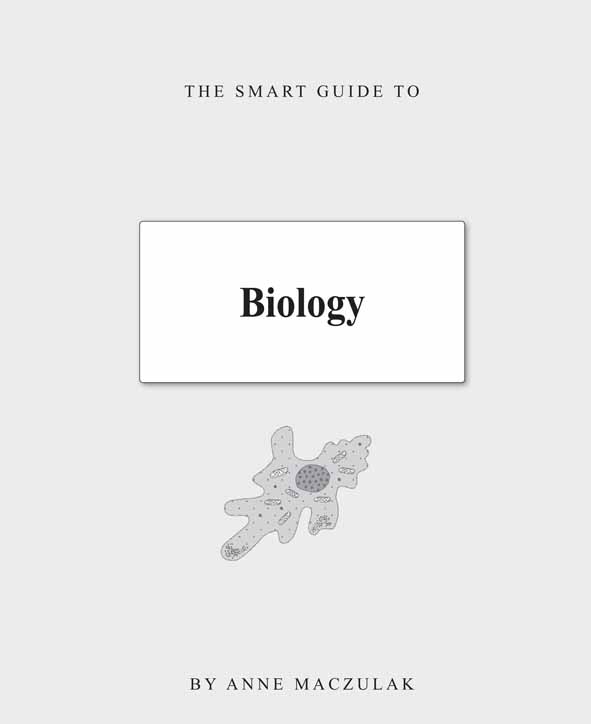
The Smart Guide To Biology
Published by
Smart Guide Publications, Inc.
2517 Deer Chase Drive
Norman, OK 73071
www.smartguidepublications.com
Copyright 2012 by Anne Maczulak. All rights reserved. No part of this book, including interior design, cover design, illustrations and icons may be reproduced or transmitted in any form or stored in a retrieval system, or transmitted by any means, electronic, mechanical, photocopying, recording, or otherwise, without written permission from the publisher. Although every precaution has been taken in the preparation of this book, the publisher and author assume no responsibility for errors or omissions. The author and publisher specifically disclaim any responsibility for any liability, loss, or risk, personal or otherwise, which is incurred as a consequence, directly or indirectly, of the use and application of any of the contents of this book.
For information, address: Smart Guide Publications, Inc. 2517 Deer Creek Drive, Norman, OK 73071
SMART GUIDE and Design are registered trademarks licensed to Smart Guide Publications, Inc.
International Standard Book Number: 978-1-937636-21-0
Library of Congress Catalog Card Number: 2012933750
11 12 13 14 15 10 9 8 7 6 5 4 3 2 1
Printed in the United States of America
Cover design: Lorna Llewellyn
Copy Editor: Ruth Strother
Back cover design: Joel Friedlander, Eric Gelb, Deon Seifert
Back cover copy: Eric Gelb, Deon Seifert
Illustrations: Lorna Llewellyn
Production: Zo Lonergan
Indexer: Cory Emberson
V.P./Business Manager: Cathy Barker
Acknowledgements
My appreciation goes to Smart Guides Frank Jerome and my agent Jodie Rhodes for developing the idea for this book and the superb editorial help of Ruth Strother who did an extraordinary job editing this book. I also thank illustrator Lorna Llewellyn who did a wonderful job illustrating the book.
Last but not least, I owe special gratitude to my writers group. We have supported and encouraged each other for many years. My writing career would not have begun without the inspiration I received from Sheldon Siegel, Priscilla Royal, Bonnie DeClark, Meg Stiefvater, and Janet Wallace.
INTRODUCTION
Biology is the study of all living things. Thats a pretty big subject. This Smart Guide breaks biology down into easy-to-manage pieces. It starts with the basic unit of all living things, the cell. After taking a tour of the basic types of cells that make up all organisms, you embark on a voyage through biology.
This book covers cell communication, how cells developed on Earth, and how ancient cells evolved into todays organisms. You then learn about the inner workings of modern organisms. This book introduces you to DNA and proteins, genetics and inheritance, and bacteria, algae, plants, animals, and every other living thing.
You will meet the invertebrates here as well as more complex animals and the Earths plants. The organs and systems that make your body operate are described in this Smart Guide. Finally, this Smart Guide shows you the big picture of biology. You will gain an understanding of ecology and biodiversity. This book concludes with an overview of the new technologies that biologists now use to study the living world.
The Smart Guide to Biology gives you a handy resource to the basics of biology.
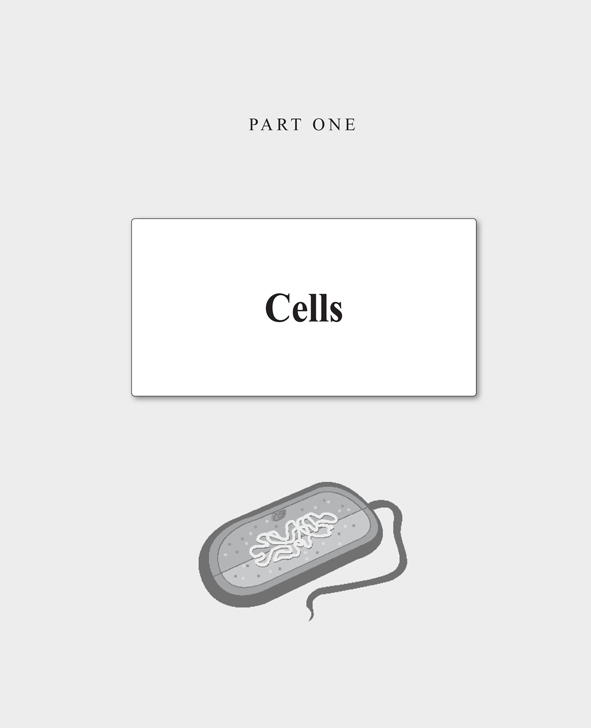
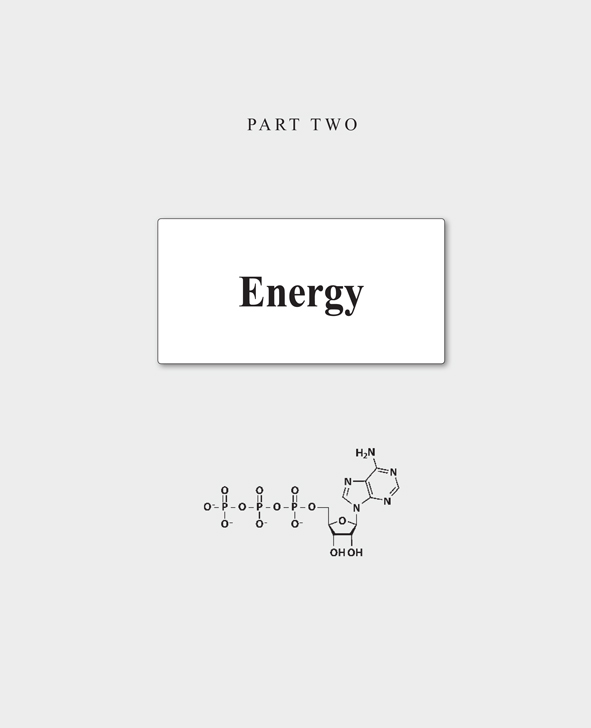
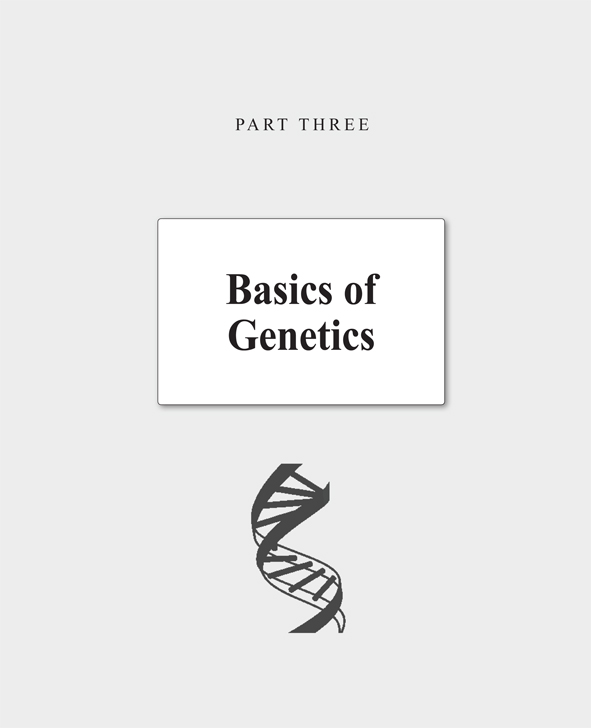

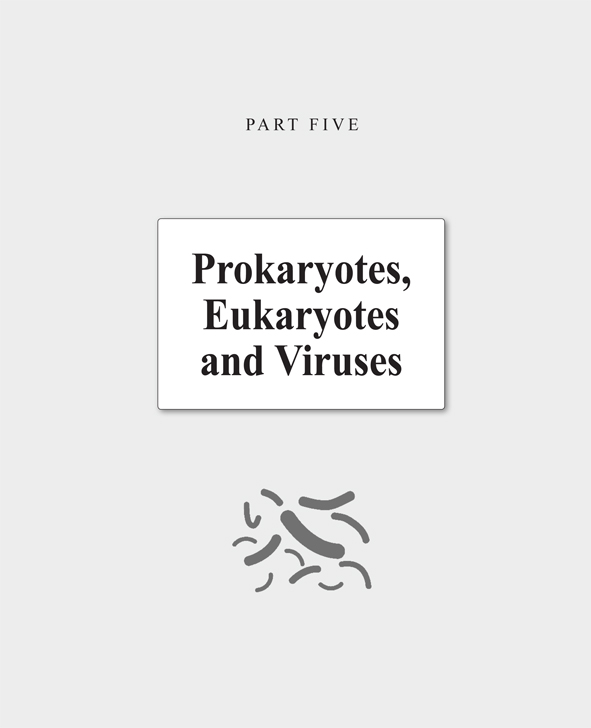
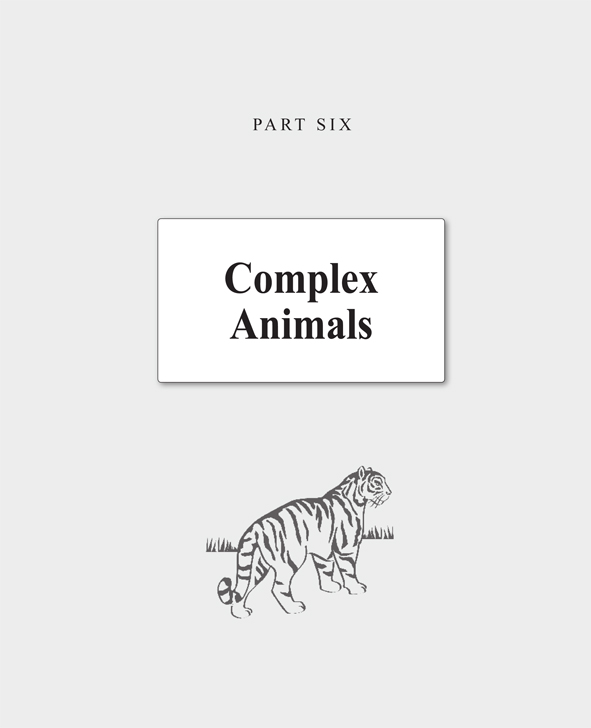
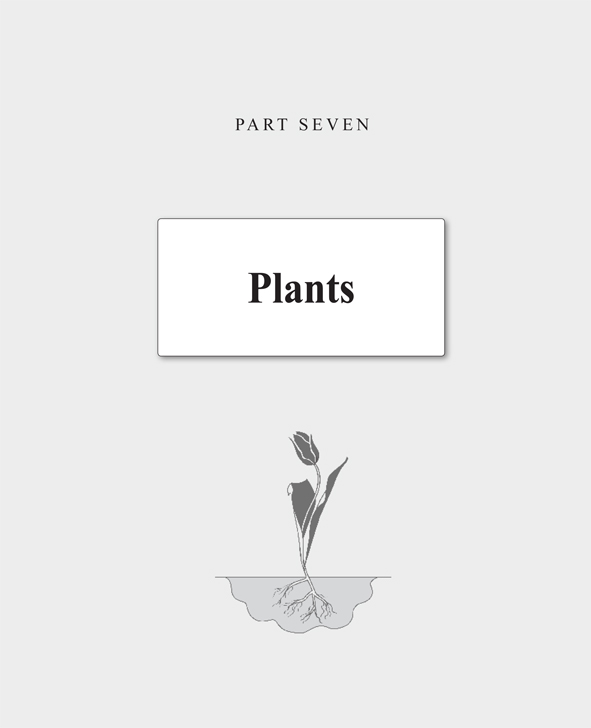
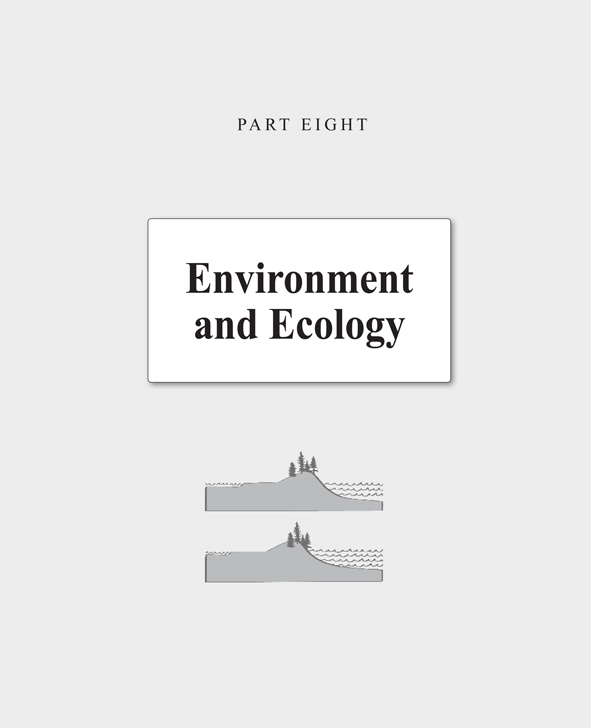
CHAPTER 1
 The Cell
The Cell
In This Chapter
- Relating cells to our common ancestor in evolution
- The chemical composition of biological cells
- Two types of cells in nature: prokaryotes and eukaryotes
- The basic components of all living cells
In this chapter youll discover the most basic unit of all living things: the cell. A cell is the simplest collection of matter that can live. All life begins today and all of Earths life started almost four billion years ago with a single cell.
Scientists have pointed out that the cell is as fundamental to biology as the atom is to chemistry. Since biology is the study of living things, we must begin where biology began.
Our Common Ancestor
Throughout this book you will see how living things, called biota , relate to each other. This relationship starts with cells. All biota are made of up cells. Whether you are now envisioning a rhinoceros, an elm tree, a bacterium , or the human body, they all have in common a structure built on tiny cells.
Most plant and animal cells have diameters from 10 micrometers to 100 micrometers, or about 0.0004 to 0.004 inch. Bacterial cells measure a bit smaller, from about one micrometer to 10 micrometers, but some of the largest bacteria are bigger than the smallest plant or animal cells. This book shows you the ways in which biology offers many common themes for us to consider when we think about nature. But simultaneously, there often seems to be little consistency across nature. As a case in point, the largest bacteria can be seen without a microscope; the smallest invertebrates can be spotted only by using a microscope.
A blue whale is Earths largest mammal, 1,600 times heavier than a 175-pound human. Yet a whales cells are not the size of beach balls but rather the same size as the cells that make up a human. This and other features of cells give testament to the steadfastness of biology. Biology follows certain rules yet somehow manages to give rise to staggering diversity.
Diversity in Earths biology comes from a common ancestor. This common ancestor is the theoretical first cell that developed 3.5 billion years ago. I call it a theoretical cell because the first cells probably evolved in many similar events in different places on the young Earth and at different times. Evolution may be easier to understand, however, by thinking about a single cell from which all other life originated.
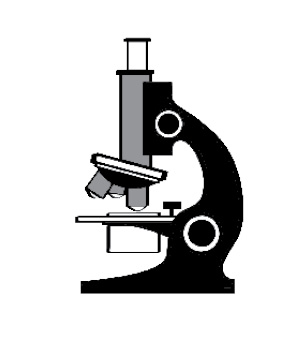
Biology Tidbits
The Cell Theory
The idea that all living things are composed of one or many basic subunits, or cells, is called the cell theory. The English inventor Robert Hooke first coined the term cells in 1665 when observing various snippets of nature in his homemade microscope. By observing the microscopic structure of leaves, cork, insects, and other matter plucked from nature, Hooke was the first to realize that all life might be defined by this single, simple building block.
The vast diversity of life we know today could well have evolved into an equally diverse collection of cell types. Instead, all Earths biota contains only one of two different cell types. Thats it! All of biology comes down to two different types of cells and one of the types, eukaryotes , evolved from the first type, prokaryotes . Evolution can be a complex subject, and we will revisit it several times in this book, but the best place to start learning about biology and evolution is by knowing something about our common ancestor: the prokaryotic cell.
Next page
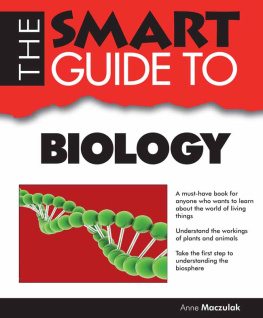

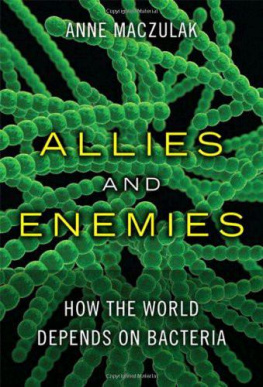



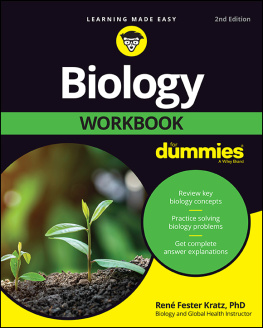
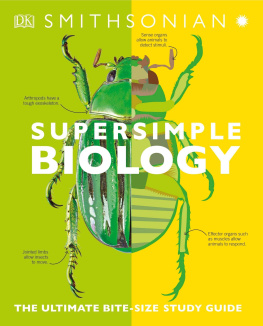
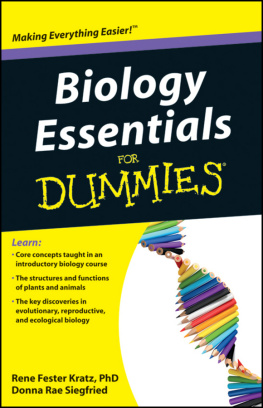
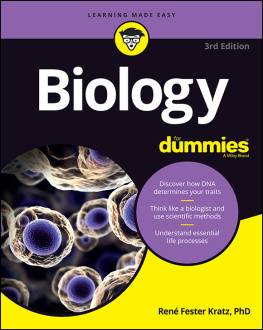









 The Cell
The Cell